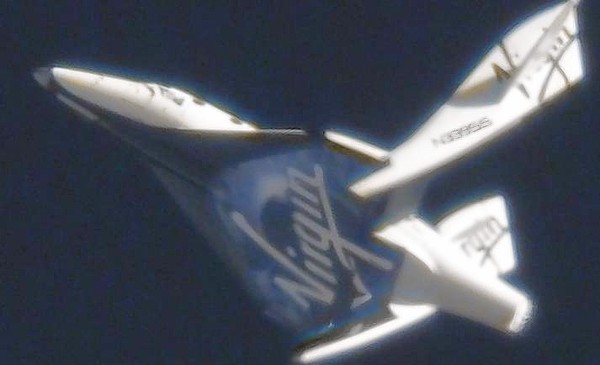|
|
|
Om 4 May 2011, Virgin Galactic’s SpaceShip Two completed its third test flight in twelve days, and this one was special. For the first time, Virgin Galactic’s rocket plane deployed its twin tail sections in the position designed to allow it to softly return to the Earth’s atmosphere from the vacuum of space. Virgin Galactic noted:
The feathered configuration is used during re-entry into the Earth’s atmosphere from the 100 km height obtained by the sub-orbital spaceship. The configuration is very stable during the free fall, which means the pilot has a hands-free re-entry. High drag combined with the light weight of the spacecraft means the skin temperature remains low. |



















